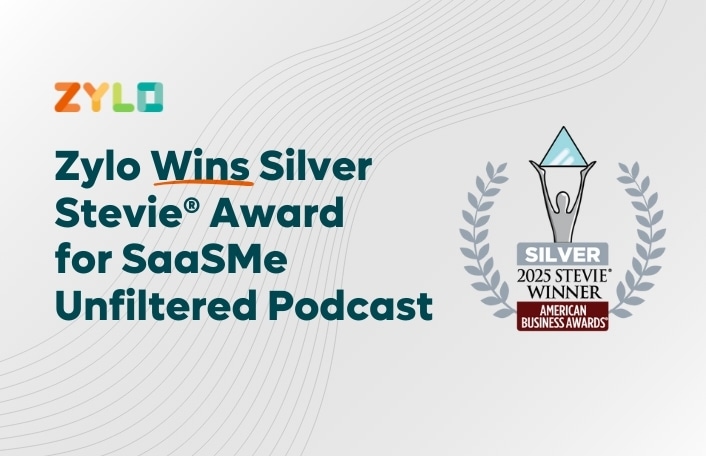
Zylo Is a Two-Time Leader in the 2025 Gartner® Magic Quadrant™ for…
Positioned furthest in vision and highest in execution for the second...
Back
Back
Search for Keywords...
News & Press

11/07/2017
As we enter the last two months of the calendar year, most teams have already put a lot of time and analysis into what the 2018 budgets will look like for the enterprise, down to each business unit.Connecting historic data and future growth plans is the best way to forecast budgets. With more companies implementing a digital transformation strategy, technology spending and IT budgets are an increasingly important aspect of the budget planning process.Cloud and SaaS applications are a growing expense area and one of the most difficult areas to track and manage, which makes it harder to find and trust historical data.
Technology line items now show up on specific departmental budgets, not just the IT budget, so there is not usually one single owner of SaaS.Even though IT does not usually own the entire SaaS budget across the enterprise, IT certainly should have visibility into all of the SaaS spend and technology in use.IT leaders who implement security, identity and overall management for SaaS solutions are able to figure out how to drive security and innovation in this age of the subscription economy and distributed technology purchasing.Technology decision makers armed with SaaS spend data and being able to present that data to other business leaders in a meaningful way puts IT leaders in a strategic position as they push the organization’s digital strategy forward.Comprehensive budget planning is difficult for SaaS programs because SaaS purchasing is distributed across the enterprise and there is not usually a single system of record or master spreadsheet.
The number of SaaS and cloud applications and the amount of spend will vary based on the size of the organization and how many systems are in the cloud.IT may or may not care about every single SaaS application, but understanding the entire software spend is valuable to help justify the overarching technology budget and identify cost savings opportunities across the enterprise.

Positioned furthest in vision and highest in execution for the second...

Zylo’s standout employee engagement leads to national recognition for workplace excellence...

Recognized as “a benchmark for thought leadership in SaaS Management,” Zylo’s...

New product advancements expand Zylo’s leadership as the industry’s most intelligent...
| Cookie | Duration | Description |
|---|---|---|
| cookielawinfo-checkbox-analytics | 11 months | This cookie is set by GDPR Cookie Consent plugin. The cookie is used to store the user consent for the cookies in the category "Analytics". |
| cookielawinfo-checkbox-functional | 11 months | The cookie is set by GDPR cookie consent to record the user consent for the cookies in the category "Functional". |
| cookielawinfo-checkbox-necessary | 11 months | This cookie is set by GDPR Cookie Consent plugin. The cookies is used to store the user consent for the cookies in the category "Necessary". |
| cookielawinfo-checkbox-others | 11 months | This cookie is set by GDPR Cookie Consent plugin. The cookie is used to store the user consent for the cookies in the category "Other. |
| cookielawinfo-checkbox-performance | 11 months | This cookie is set by GDPR Cookie Consent plugin. The cookie is used to store the user consent for the cookies in the category "Performance". |
| viewed_cookie_policy | 11 months | The cookie is set by the GDPR Cookie Consent plugin and is used to store whether or not user has consented to the use of cookies. It does not store any personal data. |
